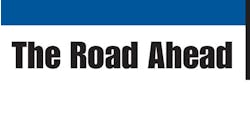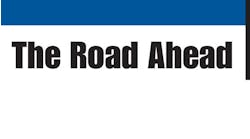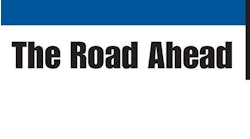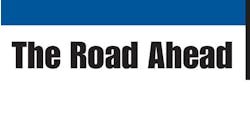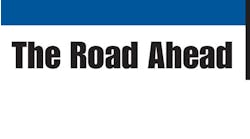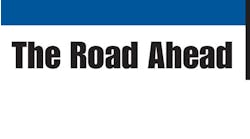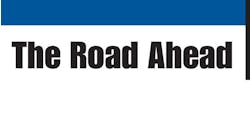The business models trucking used in the past are no longer viable, according to trucking executives and other industry experts participating in the McLeod Software users conference held in Birmingham, AL. In short, new thinking and new skills are required to maximize profitability.
“You must be able to analyze where you make money and where you don’t make money because the models used by this industry to make money in the past have completely changed,” said Tom McLeod, president & founder of McLeod Software.
“Ten or 15 years ago, the way trucks were spec’d gave fleets a competitive advantage. Now, however, as truck components are better across the board, it’s not such an advantage anymore,” he explained. “The cost to maintain trucks is way down and fuel efficiency has doubled over the last 20 years. But that made up for the fact that freight rates stayed flat. You also didn’t have to worry about finding drivers in the past. Now that’s totally changed. So trucking’s profit models must change as well.”
According to Bill Graves, president & CEO of the American Trucking Assns., trucks hauled over 10-billion tons of freight in 2005. Tonnage is projected to grow 31% to 14 billion by 2014. “By 2040, we’ll add another 100-million people to the U.S. population,” Graves said. “That equals freight demand, because they need food, clothes and other goods-and trucks are always going to be part of the equation of getting those items to people.”
Profiting from that demand is the tricky part. The price tag for heavy trucks is rising steadily due to tighter emission rules, and another one million Class 8 rigs will be needed by 2014 to haul projected freight growth, said Graves.
Fuel costs are exploding as well. Trucking is on track to spend $102.3 billion on fuel this year, up from $87.7 billion in 2005. The switch to ultra-low-sulfur diesel (ULSD) in 2007 is expected to add $1 billion more to that bill, since the lower energy content of ULSD means fleets must buy more of it to travel the same number of miles, Graves pointed out
On top of that is a growing shortage of truck drivers. A deficit will increase to 120,000 per year in the long-haul truckload sector by 2014. McLeod said those projections mean carriers must find money to increase driver pay and benefits, while at the same time cover higher equipment and fuel costs. That means minimizing costs while generating more revenue per mile.
Technology will play a bigger role in solving those equations, McLeod added. “You’ll need to be able to track fuel consumption, track fuel surcharge billing, monitor dispatch for on-time delivery, etc.,” he explained. “Finding and keeping drivers is going to make a huge competitive difference in the future-that’s going to be the core competency a trucking company must have to compete in the future. Finding ways to make life simpler and more profitable for drivers is going to be a major effort as well.”
